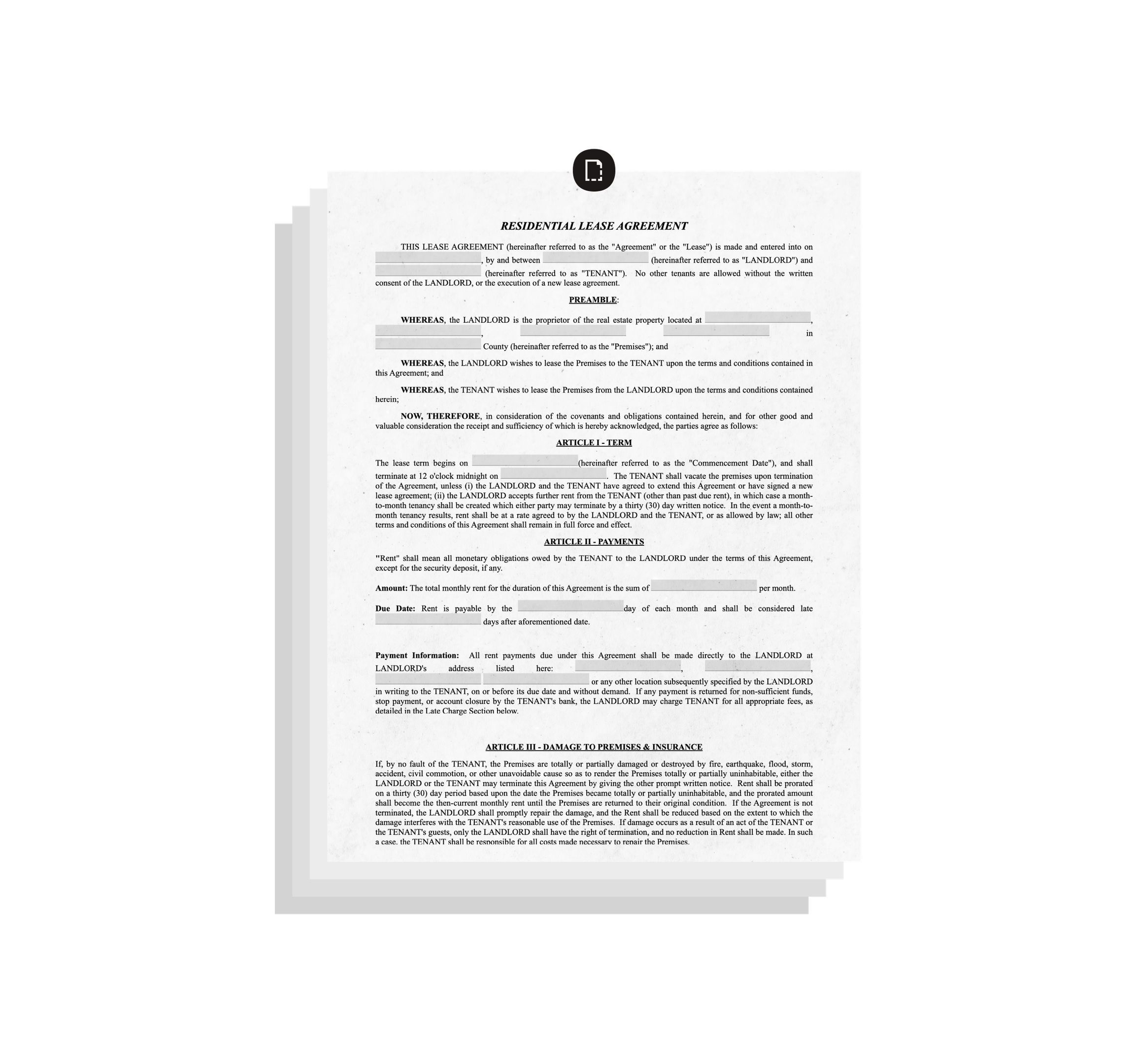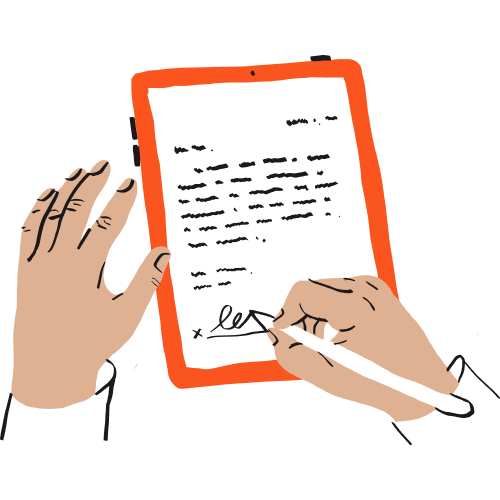A lease agreement clearly outlines the responsibilities of those entering into the agreement—including the rights of the landlord, and the tenant’s rights. This ensures everyone is on the same page to help avoid potential disputes.
A well-drafted lease agreement offers protection to the landlord and renter throughout the tenancy. This protects the interests of the landlord and tenant, providing a framework for resolving any conflicts in the future.
A lease agreement typically includes provisions related to the security deposit, specifying the conditions under which the landlord can withhold it, such as property damage. How it can be returned is also covered in this section.
By detailing the amount, due date, and acceptable payment methods, a lease agreement ensures transparency and accountability regarding rent payments. It can also include information on late fees.
Lease agreements specify maintenance responsibilities, indicating who is responsible for repairs, regular upkeep, and care of the rental property.







